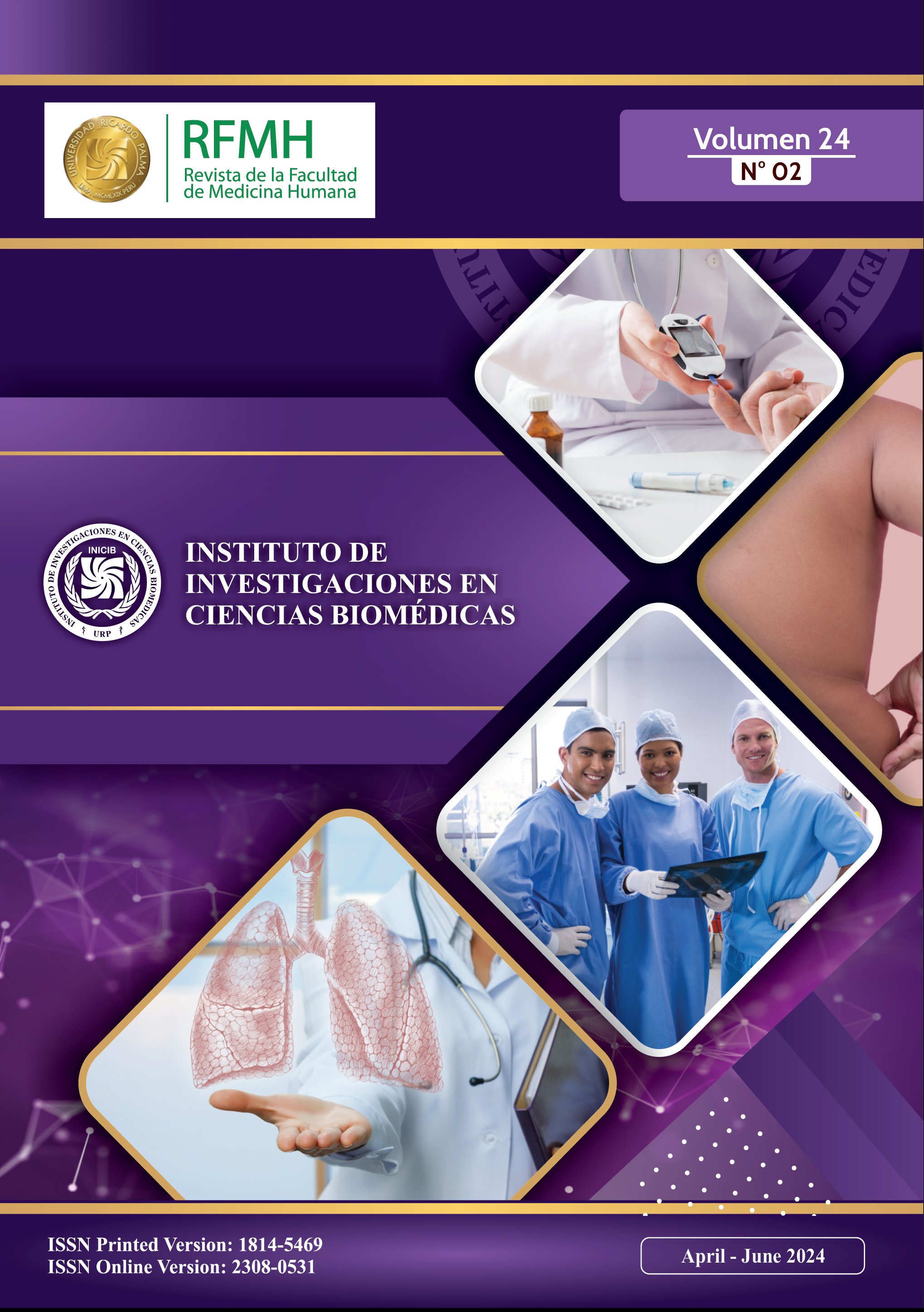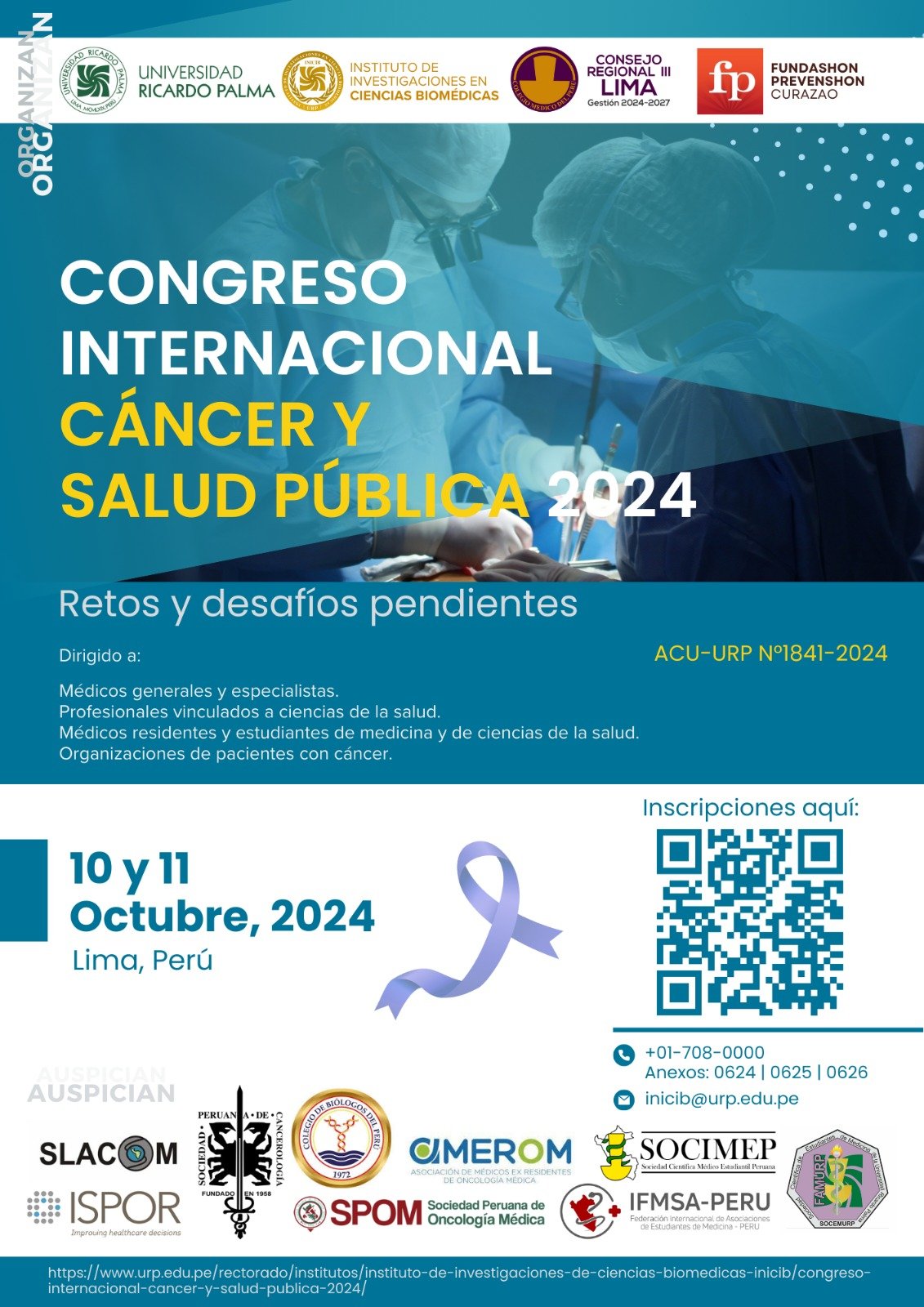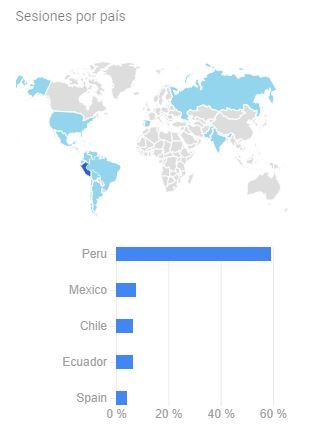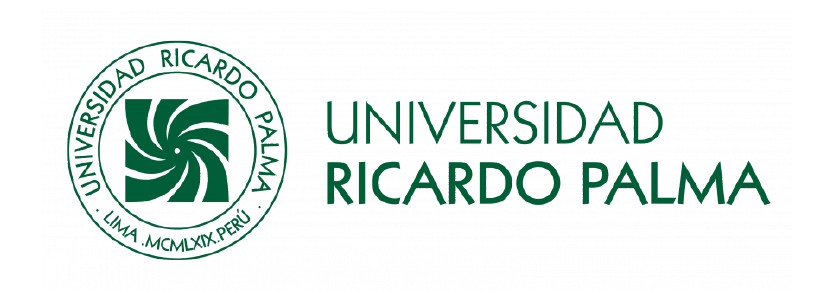Saturación y hacinamiento del servicio de emergencia de un hospital urbano
Saturation and overcrowding of the emergency service of an urban hospital
DOI:
https://doi.org/10.25176/RFMH.v20i2.2709Palabras clave:
Necesidades y demandas de servicios de salud, servicio medicos de urgencias, aglomeraciónResumen
La sobredemanda y hacinamiento es un problema en los servicios de emergencia de nuestro medio.
Objetivo: determinar las características de la demanda de atención médica al servicio de emergencia de un hospital terciario de la seguridad social.
Metodología: estudio observacional en hospital Rebagliati, primer trimestre 2019. Se evaluó variables sociodemográficas, de tiempo e indicadores de emergencia del sistema estadístico institucional, realizando estadística descriptiva con IBM SPSS 24.00.
Resultados: 51294 atenciones de pacientes entre 14 y 102 años (mediana 60), 56,7% sexo femenino, 18% registró más de una atención en el trimestre. El lunes fue el día de mayor demanda y el horario entre 8 y 13 horas. Las atenciones de prioridad III y IV correspondieron al 60,8 y 20,8% del total. Los tópicos de medicina, alivio y cirugía realizaron el 41, 22 y 20% de atenciones respectivamente. En unidad de trauma-shock se realizó el 3% de atenciones. Se admitieron a salas de observación 13% de atenciones. Los diagnósticos más frecuentes fueron insuficiencia respiratoria, infecciones y accidentes cerebrovasculares. El 88% de admisiones se realizaron en salas comunes con estancia entre 4,4 y 7,0 días. Falleció 0,8% de atendidos, se realizó intervención quirúrgica a 0,7% y se transfirió a otro establecimiento al 0,1%.
Conclusión: la demanda al servicio de emergencia es principalmente por problemas médicos (de prioridad 3 y 4), predominando pacientes adultos mayores y de sexo femenino. Se admitió al 13% de atenciones con estancia prolongada, baja mortalidad, muy pocas transferencias, alta tasa de retorno y escasa oferta de camas hospitalarias.
Descargas
Citas
2. Vásquez Alva R, Amado Tineo J, Ramírez Calderón F, Velásquez Velásquez R, Huari Pastrana R. Sobredemanda de atención médica en el servicio de emergencia de adultos de un hospital terciario, Lima, Perú. An la Fac Med [Internet]. 2016 Dec 16;77(4):379.
3. Amado J, Vasquez R, Huari R, Palacios A. Readmision frecuente de pacientes al servicio de emergencia de adultos de un hospital terciario. Lima-Peru 2012. Rev Soc Peru Med Interna. 2015;28(4):153–7.
4. Taype-Huamani W, Chucas-Ascencio L, Amado-Tineo J. Hacinamiento del servicio de emergencia de adultos del hospital Rebagliati: Reporte de caso. Rev med Rebagliati. 2018;1(2):50–5.
5. Ponce Varillas TI. Hacinamiento en los servicios de emergencia. An Fac med. 2017;78(2):218-223.
6. Hsu N-C, Shu C-C, Lin Y-F, Yang M-C, Su S, Ko W-J. Why do general medical patients have a lengthy wait in the emergency department before admission? J Formos Med Assoc. 2014 Aug;113(8):557–61.
7. Smith J, Keating L, Flowerdew L, O’Brien R, McIntyre S, Morley R, et al. An Emergency Medicine Research Priority Setting Partnership to establish the top 10 research priorities in emergency medicine. Emerg Med J. 2017;34(7):454–6.
8. Hsu CM, Liang LL, Chang Y Te, Juang WC. Emergency department overcrowding: Quality improvement in a Taiwan Medical Center. J Formos Med Assoc. 2019;118(1P1):186–93. DOI: 10.1016/j.jfma.2018.03.008
9. Giunta DH, Pedretti AS, Elizondo CM, Grande Ratti MF, González Bernaldo de Quiros F, Waisman GD, et al. Descripción de las características del fenómeno Crowding en la Central de Emergencia de Adultos, en un hospital universitario de alta complejidad: estudio de cohorte retrospectiva. Rev Med Chil. 2017 May;145(5):557–63.
10. Wang Z, Xiong X, Wang S, Yan J, Springer M, Dellinger RP. Causes of Emergency Department Overcrowding and Blockage of Access to Critical Services in Beijing: A 2-Year Study. J Emerg Med. 2018 May;54(5):665–73.
11. Taype-Huamaní W, Chucas-Ascencio L, Cruz-Rojas L De, Amado-Tineo J. Tiempo de espera para atención médica urgente en un hospital terciario después de implementar un programa de mejora de procesos. An Fac Med. 2019;80(4):438–42.
12. Taype-Huamaní W, Rojas-De la Cruz L, Miranda-Soler D, Amado-Tineo J. Características de la demanda no urgente en el Servicio de Emergencia de un hospital de la Seguridad Social en el Perú. Rev la Fac Med Humana. 2020;20(1):45–51.
13. Acosta AM, Lima MAD da S. Frequent users of emergency services: Associated factors and reasons for seeking care. Rev Lat Am Enfermagem. 2015;23(2):337–44.
14. Defensoría del Pueblo. El derecho a la salud: Los servicios de emergencia en los establecimientos de salud públicos y el acceso a medicamentos esenciales. Lima-Perú; 2016.
15. De la Cruz-Ore J. Evaluación del uso inapropiado de los servicios de emergencia de un hospital del seguro social en Lima Perú. Rev cient. 2019;2(28):36–44.
16. Contreras-Camarena C, Galarza-Manyari C. Hospitalizaciones inadecuadas en emergencias médicas. Rev Soc Peru Med Interna. 2011;24(1):19–25.
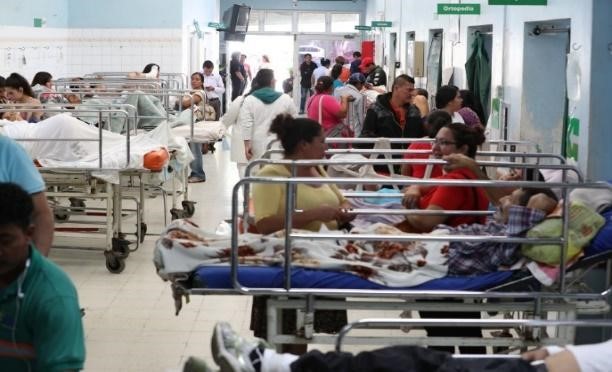
Descargas
Publicado
Cómo citar
Número
Sección
Licencia
Derechos de autor 2020 Revista de la Facultad de Medicina Humana

Esta obra está bajo una licencia internacional Creative Commons Atribución 4.0.



